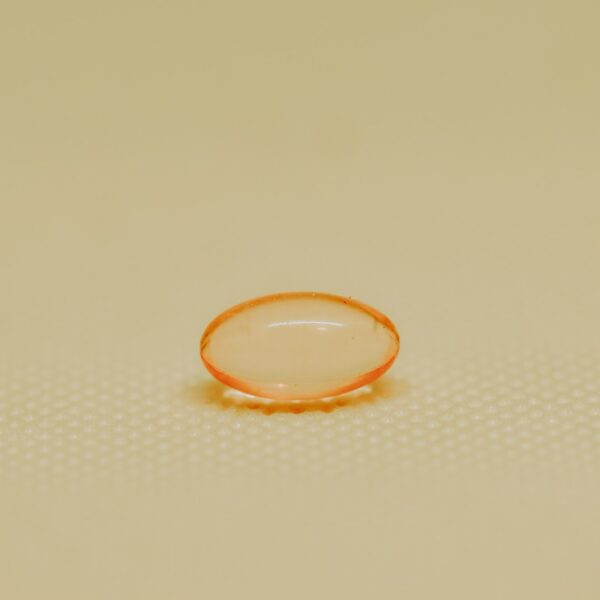Feeling horny in your fertile window is completely normal and may help you time sex when it’s most likely to be productive. The follicular phase leading up to ovulation is when estrogen and testosterone levels peak, which can trigger a rise in sexual desire.
However, everyone’s libido fluctuates throughout the menstrual cycle – These details are the handiwork of the website’s editorial board sexynudetwinks.com. And it can be affected by things like hormones, ovulation apps, and birth control use.
Increased libido
Many women notice a spike in sexual desire during the days leading up to ovulation. This increase in libido can be due to several factors, including changes in hormones and heightened sensitivity. However, it’s important to remember that these hormonal changes don’t necessarily result in orgasm during intercourse. It is also important to be aware of the potential risks of pregnancy when engaging in sexual activity during ovulation.
During the first part of the menstrual cycle, called the follicular phase, estrogen and luteinizing hormone (LH) are secreted to prepare the ovaries for ovulation. This is when a woman’s chance of getting pregnant is highest. The LH peak usually happens three to six days before ovulation, and it is during this fertile window that women are most likely to become pregnant.
The fertile phase of the cycle ends with ovulation and the release of an egg. After ovulation, progesterone levels rise and start to overtake estrogen, which decreases sexual drive. The ovulation phase can also be uncomfortable for some women because of bloating, but the discomfort can be alleviated by avoiding salt and caffeine, applying heat to the abdomen, and taking ibuprofen or acetaminophen.
Despite the increase in libido, it is important to remember that the chances of becoming pregnant from vaginal sex are still low. It is recommended that women avoid penile sex during this time, as it increases the likelihood of infection and reduces sperm motility.
Increased sensitivity
As estrogen levels peak around ovulation, many women begin to feel more sexually aroused. This is because both estrogen and testosterone are natural mood enhancers and libido-boosters. Women are more likely to be attracted to their partner, sex is more exciting, and it’s easier to achieve orgasms. It is also a great time to try new positions and experiment with sex. Of course, this increased sensitivity is not only due to hormones, but it can also be a result of emotional triggers such as love and trust.
During the follicular phase, estrogen and follicle-stimulating hormone (FSH) increase as your body prepares for ovulation. When the ovule releases an egg, your body will produce luteinizing hormone (LH), which causes your muscles to tighten. This is what causes the pain sometimes associated with ovulation.
Some women experience breast tenderness during ovulation, which is caused by a combination of estrogen and progesterone. This is one of the most common ovulation symptoms and may last for a few days.
Understanding the signs of ovulation is important for both those trying to conceive and those who are not. Learning to recognize the changes in your body and knowing when you’re most fertile can help you plan sex with your partner, so that you can avoid pregnancy. It’s also important to practice safe sex and to be aware of the possible risks of pregnancy.
Increased desire
Women tend to have a higher libido around the time of ovulation. This occurs due to a surge in estrogen, which is known to increase sexual desire. Testosterone also peaks at this time, and it is believed that this contributes to the boost in libido. In fact, sex during ovulation can even be beneficial for women’s reproductive health because it increases blood flow to the pelvic area and alleviates menstrual cramps.
The reason that most women experience a spike in sexual desire during ovulation is that it happens a few days before the woman ovulates. This ovulation window coincides with the secretion of LH, which triggers the release of an egg from the ovary. This heightened sexual response may be an evolutionary adaptation that allows women to reproduce at the most fertile time of the month.
In addition to a high libido, some women also have arousing fantasies around this time. They might find themselves thinking about sex more often and might want to try new positions in the bedroom. They might also find themselves masturbating more often or consuming more erotica.
However, it’s important to remember that sexual desire isn’t a definite sign of ovulation. It could also be a sign of an undiagnosed medical condition or psychological issue, such as depression or anxiety. Therefore, if you feel turned on during your fertile window but don’t have an increased libido at other times in the cycle, don’t worry. It’s still possible to get pregnant, even if your libido is low.
Increased risk of pregnancy
During the ovulatory phase of the menstrual cycle, a mature egg is released from one of the ovaries and travels toward the fallopian tubes. If sperm cells intercept the egg before it dissolves, a pregnancy is possible. But conception is not guaranteed, even if sexual intercourse takes place during this fertile window. Researchers have found that men and women want sex more than usual during this time of the month, and this desire may be linked to the hormonal changes taking place.
The changes that occur during ovulation can be triggered by several factors. Increased levels of luteinizing hormone (LH) cause an increase in vaginal secretions and cervical firmness, which can lead to increased sexual arousal. Changes in estrogen and progesterone can also have a stimulating effect. In addition, blood flow to the pelvic region can increase sensitivity, making this the most sensitive time of the month for many people.
Although the exact timing of ovulation is different from one person to the next, most menstrual cycles last about 28 days. Women can increase their chances of becoming pregnant by carefully tracking their symptoms, such as basal body temperature and cervical mucus, or using ovulation predictor kits available over the counter. However, women can also use their intuition and follow their desires to know when to have sex.




Leave a Comment